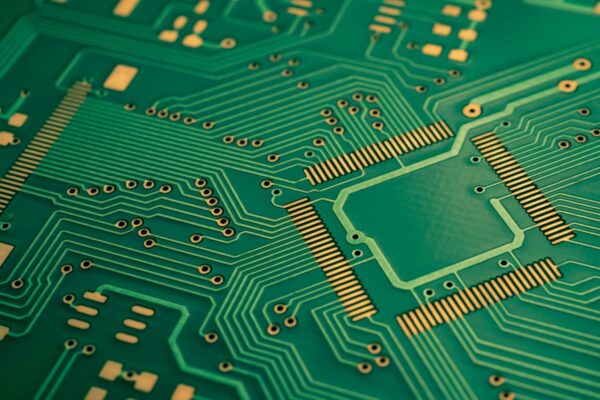What is Inter-facial Connection
An inter-facial connection is an electrical connection established between conductive patterns located in different layers of a multi-layer printed board. This connection is a crucial link that enables the transfer of electrical signals between these various layers. By facilitating the flow of current and data, the inter-facial connection plays a vital role in ensuring the proper functioning and performance of the PCB.
The inter-facial connection establishes a reliable and efficient pathway for the transmission of signals. It allows for the seamless exchange of electrical information between different components and circuits within the PCB, minimizing signal loss and interference. This connection is particularly important in high-frequency circuits, where the accurate and reliable transmission of data is essential.
The inter-facial connection utilizes an optical isolator, which acts as a clean interface to achieve this. This interface helps mitigate signal degradation due to factors such as long cable runs, ground loops, and other signal quality issues. The optical isolator can accommodate both differential and single inputs, offering outputs in linear driver or open collector configurations. It is capable of supporting voltages ranging from 5-28 VDC.





